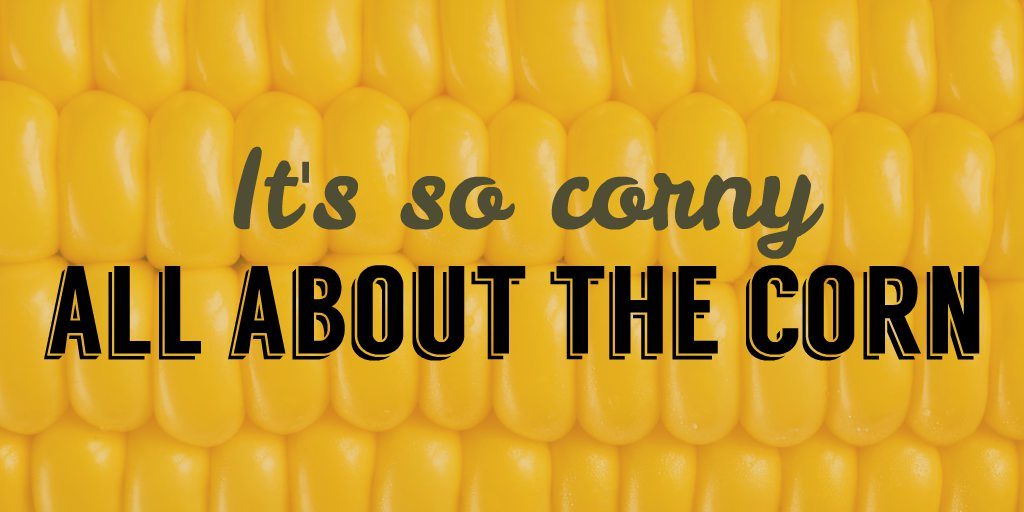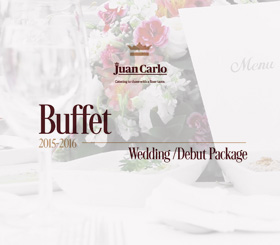What do I need to know about corn?
- Corn is part of the grass family of food and it is one of the most readily available foods in the world today.
- It originated from the Aztec and Mayan Indians in Mexico and Central America, who domesticated it from wild grain.
- It eventually came to be known as “Maize” to the natives and was the main source of food in Central and South America.
- Christopher Columbus and his men discovered corn from these natives and brought it back with them to Europe.
- Corn became the answer to the growing problem of hunger in Europe.
- Eventually, varieties of it were made, namely: field corn, sweet corn, popcorn, and ornamental corn
- The growth process of corn:
- When the seed is planted, it must be buried at least 1-2 inches in the soil.
- It will germinate for 5-12 days, depending on the temperature of the soil and variety.
- If the soil temperature is below 55°F is will not germinate. The best temperature for this is 68° to 86° F.
- When the seed sprouts, taproot will emerge and this will start to create its first leaves.
- As the corn grows, it will develop a thick and fibrous stalk with numerous flat and pointed leaves.
- The roots of every plant can burrow as far as 3-5 feet into the ground and grow further by 1 foot or more from each side of the stalk. Some roots can even grow above ground. These a called “prop roots” and naturally support the tall stalks.
- Corn is healthy for you:
- It gives you an energy boost.
- It is loaded with vitamins and minerals.
- It is rich in antioxidants, zinc, magnesium, iron and fiber.
Food has always been an important part of humanity and its culture and it will continue to be important until the end of time; or if someone invents an alternative to food but that idea is a little too sci-fi right now. This is evidenced by Juan Carlo’s wedding catering services, where we’ve seen many couples in love share food and drink with the people that they love. Simply put, food is important to people both emotionally and physically.
However, food is an expensive resource and the sad reality of it is that not everybody can afford to eat 3 meals a day. This is true today and this was a debilitating fact even before the advancement of humanity as a species. During the middle ages, people were still experimenting with the preparation and consumption of food, a research which started even before the dawn of humanity. Enter – the corn.
The Origin of Corn
Corn is part of the grass family of food and it is one of the most readily available foods in the world today. It is nutritious, delicious, affordable, and easy to grow. But the corn that we know is actually an aberration as a vegetable as it was artificially grown and developed. It is very different to the corn back then.
The origins of corn can be traced back to thousands of years ago when Aztec and Mayan Indians in Mexico and Central America domesticated it from wild grain. These first generations of corn were loose-podded and looked like seed heads that could be found on the top of wheat stalks. The kernels that these had were small and covered by hulls. This was developed from Teosinte, a wild grass native to the Mexican area. It eventually came to be known as “Maize” to the natives and was the main source of food in Central and South America. In fact, the natives even devised the earliest version of a crop calendar to be able to manage the planting a harvesting schedules of corn.
It continued to be cultivated and grow in popularity that it even reached North America. It was here that Christopher Columbus stumbled upon America, its Indian natives, and corn. At the time, Maize was the chief food crop of the Indians and was a popular commodity traded between the Native Americans and the Mexicans
It was in this trade route that Columbus and his men discovered corn. They quickly learned how to grow them and were quick to want to adopt it for their use. In fact, the first battles that Columbus’ men and the Indians fought were for the control of cornfields. During this time, it was a common war tactic to cut off the food supply of your enemies. They proved successful in these battles which allowed them to bring some corn seeds with them back to their Motherland, Europe.
During this time, the corn was what is known today as field corn which will be discussed below. Some of this would be eaten straight from harvesting. Most of it were used in other ways such as:
- Cooked into pudding, cakes, and breads.
- Dried up for storage and to be eaten for winter.
- Grounded into cornmeal or corn flour.
- Fed to livestock.
Progression of Corn
At the time, Corn became a hit with both the nobles and the commoners because of how easy it was to produce, how cheap it was to trade, and how delicious they were. In short, corn was their answer to the growing problem of hunger in Europe. In time, corn and potatoes eventually became the staple food in the known world and for a time, people were happy.
Eventually, varieties of corn were made. These varieties were then divided into four groups, namely: field corn, sweet corn, popcorn, and ornamental corn. All of these groups differ in starch and sugar content, which dictate the kernel texture, shape and flavor
For field corn, these came in two varieties: dent or flint. Flint is hard-shelled and can thrive in cold climates, which is why it is usually found in New England and Canada. Dent, on the other hand, is a bit softer and has a dent shape on the top of the kernel when it matures. Both can be made into homemade meals by drying and grounding them. Usually, these are eaten as roasting ears which are favorites of gardeners and farmers.
Popcorn is another hard shelled variety that has starch which expands when it is heated.
The soft shelled variety is called sweet corn and this usually has a sweet taste and a moist consistency.
How They Grow
No matter what the variety, all corn are grown the same way. When the seed is planted, it must be buried at least 1-2 inches in the soil. It will germinate for 5-12 days, depending on the temperature of the soil and variety. If the soil temperature is below 55°F is will not germinate. The best temperature for this is 68° to 86° F.
When the seed sprouts, taproot will emerge and this will start to create its first leaves. These leaves will resemble blades.
As the corn grows, it will develop a thick and fibrous stalk with numerous flat and pointed leaves. This stalk can grow to be as tall as 15 feet; it depends on the climate and variety. The roots of every plant can burrow as far as 3-5 feet into the ground and grow further by 1 foot or more from each side of the stalk. Some roots can even grow above ground. These a called “prop roots” and naturally support the tall stalks.
The True Value of Corn
Corn is delicious as a food but eventually, people started really studying it. It was during that very course of study that they discovered that corn is actually a healthy type of food. Not only does it give people the energy boost that they need, it is also loaded with vitamins and minerals. Some benefits of corn include being rich in antioxidants, abundance in minerals such as zinc, magnesium, and iron; and it was also a rich source of fiber for people. All of these made the already-popular corn even more in-demand and that appreciation of corn has persisted to this day.
Corn is simply a food rich in taste, nutrition and history. Are you interested in creating your own special moment? Give Juan Carlo’s food a try!





